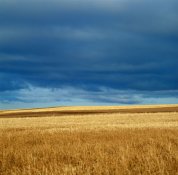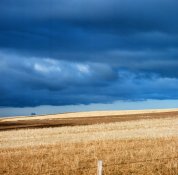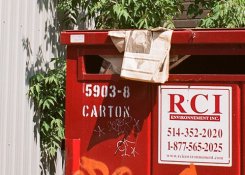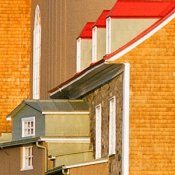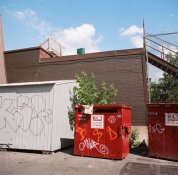Again, back to the original question, I've used both and so far the advantages I can discern are:
Grain
Ektar 100 (especially in 120) is perfectly grain free, whereas there is a touch of grain left with 160VC. AFAIK, Portra 160 films have not been optimized for scanning the way Portra 400 have been. In 120, I would skip Portra 160 altogether, and would go for either Ektar 100 for saturation or 400NC for portraits. Even in 35mm, I would stick to Portra 400NC for portraits.
PORTRA
EKTAR
Price
At least in Canada, Ektar 100 is nearly half the price of Portra films, and half the price of Ektachrome 100VS.
Colours
While E100VS is more fun to look at, it does not scan as nicely as Ektar. Between Portra 160VC and E100VS, the latter is a bit warmer, so it has some impact on the blues. Concerning Ektar 100: well, I don't have a shot taken in the same setting at the other two, but at any rate it seems rather neutral.
PORTRA
E100VS
Overall, for scan or print, for now I would go with Ektar 100. I do like the look of E100VS, and it's gorgeous to look at, but for now I can only dream of projecting it.
A note on the shots: the Portra 160 were taken around 5AM-6AM, so obviously the light was awesome, a touch golden, the setting gorgeous (Île d'Orléans, near Québec city) whereas the Ektar 100 shots were taken around noon in an alley in Montréal... Camera was a Mamiya C330, using either the 55mm, the 105mm DS, or the 180mm Super.











